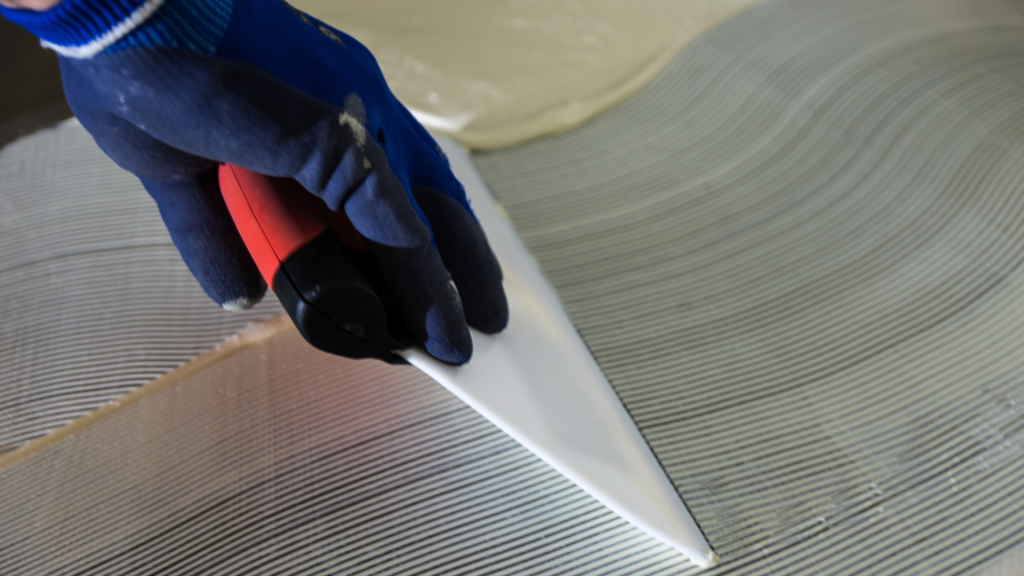When should you use a PU glue instead of a PVA?

Let’s start with looking at what a PU glue is, polyurethane glues are made from polymers or long chain molecules. The secret to the widespread use of the PU glues is that they can be formulated to stick a wide variety of substrates together, using either a hard glue line or a flexible one. PU glues can be used to stick pretty much anything together, including metals, glass, stone and wood.
Whereas PVA (polyvinyl acetate) are most commonly used for adhering wood to wood, however, they can be used when sticking any porous materials together. With its flexible glue line and long open time, PVA is a great solution to anything wood based as its cured strength is stronger than a PU formulation.
Polyurethane (PU) glues are a versatile adhesive option that can be ideal for certain projects where Polyvinyl Acetate (PVA) might not be the best choice. One key advantage of PU glues is their ability to bond a wide range of materials together, including metals, glass, stone, and wood. Their flexibility in glue line and compatibility with various substrates make them a popular choice for many applications.
On the other hand, PVA glues are commonly used for wood-to-wood bonding due to their flexibility and long open time. While PVA can be used for porous materials as well, its strength when fully cured often surpasses that of PU glues in wood-based projects. Therefore, when working on wood projects that require a strong bond, opting for PVA might be the more suitable choice.
In conclusion, PU glues are excellent for multi-material projects, while PVA glues shine in wood-based applications. Understanding the unique properties of each type of glue can help you make an informed decision on when to use PU glue instead of PVA for your specific project needs.
Are you working on a project that needs a PU adhesive? Contact the Redwood team on sales@redwood-uk.com or call us on 02392233310.
